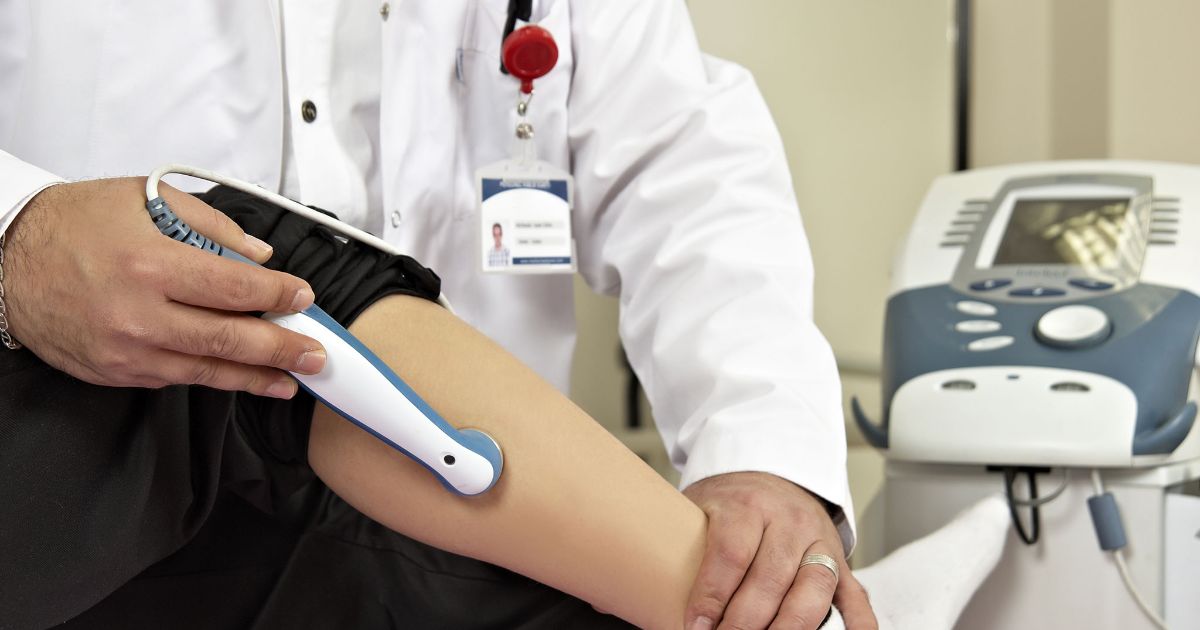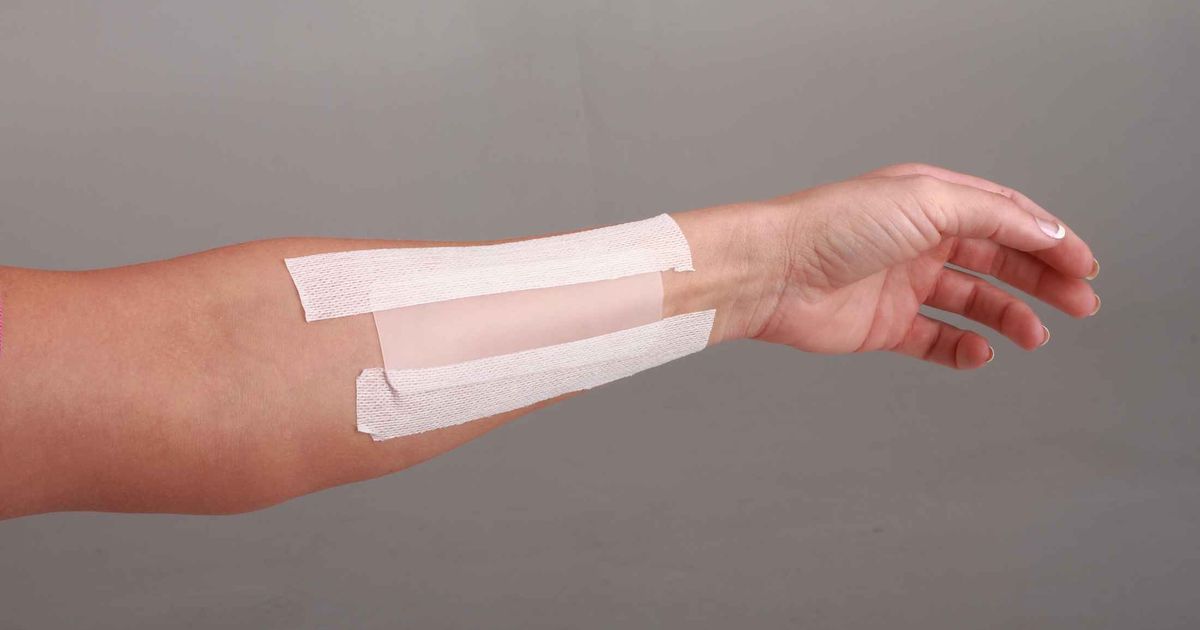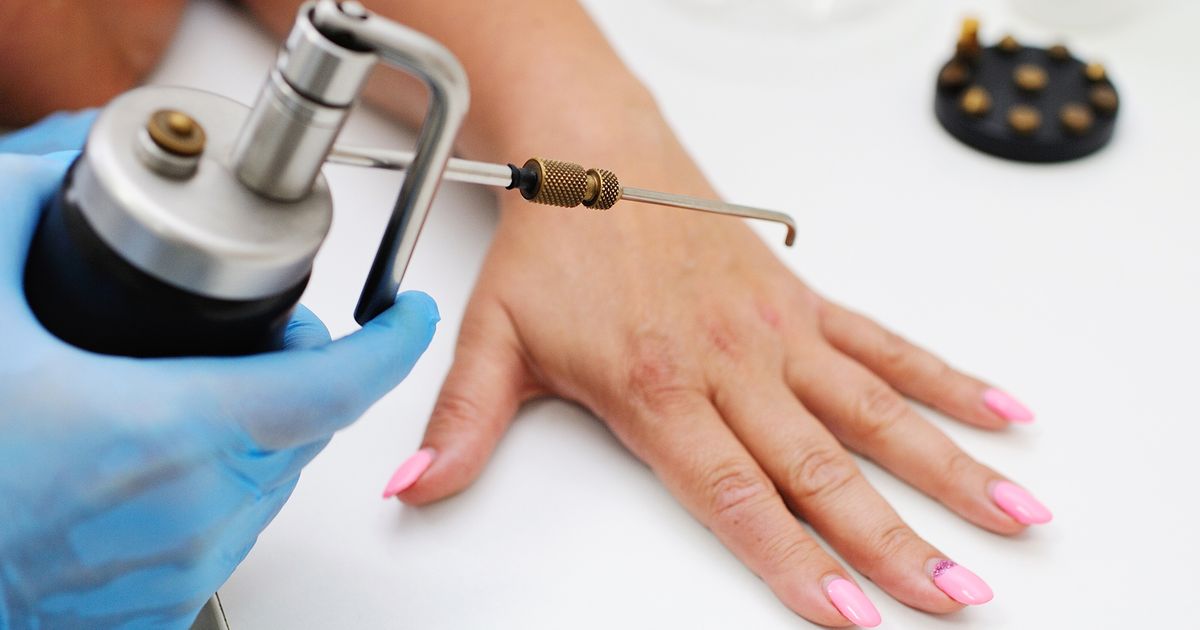Ways Of Treating A Hypertrophic Scar
A hypertrophic scar is a raised and thick type of scar. Some individuals have a genetic tendency, as their bodies make too much collagen when healing injuries, to develop hypertrophic scars after being injured. Anyone can get a hypertrophic scar under certain conditions, however, such as after having an infected wound or not having stitches in a serious injury. Although hypertrophic scars do not pose any health risks, many individuals do not like the appearance of them and would prefer to have them removed. There are many different ways to treat hypertrophic scars and reduce their appearance. Get to know them now.
Laser Therapy

If a hypertrophic scar is recent enough, laser therapy can be a very useful tool in reducing the scar's appearance. Lasers can smooth raised scars and can also diminish the redness or pinkness a lot of newly formed hypertrophic scars have. The downsides of laser treatment are it can be very expensive, and it also requires the patient to find a specialist in laser treatment, and it may be difficult to find one who is available. Also, some studies show laser therapy is not as effective as other treatments. When it does work, it can be anywhere from fifty-seven to eighty-three percent successful at improving the way the hypertrophic scars look.
Keep reading for more information on treating hypertrophic scars now.
Surgical Intervention

Surgical intervention is a treatment option for hypertrophic scars that are over one year old and have not responded to other treatments. A surgeon slices out the affected tissue and sews the skin back together with stitches. If the treatment is successful, the new wound will heal more cleanly and replace the hypertrophic scar with a less noticeable mark on the skin. Of course, precautions need to be taken to make sure the new wound does not get infected. Infection or improper wound care could lead to the hypertrophic scar simply reappearing. Researching to find a skilled and experienced surgeon is a must before patients undergo this procedure.
Get the details on the next treatment option for hypertrophic scars now.
Corticosteroid Injections

Corticosteroid injections are one of the most popular treatments for hypertrophic scars. A corticosteroid is a kind of artificial hormone that works by lowering inflammation at the injection site. The injections are given to patients every six weeks and tend to be very effective. The downside is that corticosteroid treatments must be discontinued after a period of time. Unfortunately, they do their job a little too well and soften the skin close to the scar, which can lead to problems after a while. There are also many short-term side effects associated with steroid injections, including bleeding, bruising, infection, and acne around the injection site.
Get familiar with the next method of treating a hypertrophic scar now.
Application Of Silicone Sheets

The application of silicone sheets is a hypertrophic scar treatment individuals can easily do at home. Silicone sheets are most effective for recently formed hypertrophic scars, and they can be used as soon as an injury heals. Individuals who know they are prone to hypertrophic scarring may use silicone sheets preemptively to prevent these scars from forming. Silicone sheets must be placed over the scar and kept there for at least twelve hours at a time. Doing this for two or three months will help reduce the scar's appearance. If the sheets are uncomfortable or inconvenient, an array of alternative silicone treatments is available, including sprays, foams, and gels. Each form of silicone comes with its own set of instructions for best use. The upside of silicone treatments is doubtlessly the ease of doing them at home; the downside is the amount of time involved.
Learn more about treating hypertrophic scars effectively now.
Cryotherapy

Cryotherapy involves the use of liquid nitrogen to freeze a hypertrophic scar. It is often very successful at smoothing out all types of scars and reducing their appearance. It is most commonly used for small scars. One technique known as intralesional cryotherapy involves inserting a needle into the hypertrophic scar and injecting liquid nitrogen. This way, the nitrogen gets into the center of the scar, under the tissue, and freezes it from the inside out. This treatment is considered very safe, though it does have a few side effects. For instance, some patients experience pain at the treatment site during and after the treatment. Some patients also have a loss of pigmentation at the treatment site. Despite these side effects, which are often temporary, many individuals find cryotherapy to be effective enough to be worth it.